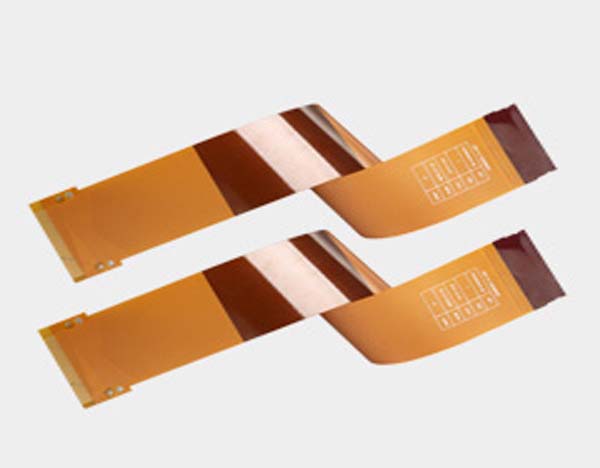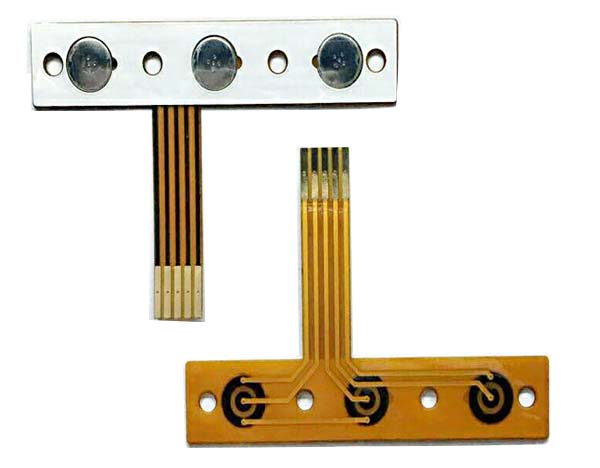PCB Button Plating – what is it, when and why is it needed?
First let’s discuss the basics when it comes to a typical rigid PCB.
During the production process with a rigid PCB, we would image and etch our inner layer cores, laminate them together,
drill and plate with Electro Deposited copper (ED copper), and then move on to pattern plating.
So you have copper foil with essentially three additional copper deposits on top of it.
With flex PCBs it’s different. We don’t want to stack a ton of copper over our pattern because it reduces flexibility,
which is the objective when creating a flex PCB. Also, the type of copper material is different.
Flex PCBs uses a base copper of Roll Anneal (RA copper). This has a horizontal, linear grained structure and when it’s bent,
it doesn’t have the tendency to fracture. ED copper has a more granular grain structure.
If we plated it like we did a traditional multilayer PCB, we’d be stacking ED copper on top of that and the result is a dissimilar copper grain structure.
Where RA copper is intended to bend and where ED copper is not,
you could in theory have reduced flexibility or potentially a defect with the copper partially fracturing or failing to bond to itself.

A button flex PCB (Printed Circuit Board) is a type of flexible circuit board that is designed to provide a reliable and efficient way to connect buttons or switches to electronic devices.
It is made up of a thin and flexible substrate material, such as polyimide or polyester film,
which is coated with a conductive layer of copper or silver.
The conductive layer is then etched to create the circuitry that connects the buttons or switches to the device’s electronic components.
The flexibility of the substrate allows the button flex PCB to be bent or folded to fit into tight spaces or conform to complex shapes.
This makes it ideal for use in portable electronic devices, such as smartphones, tablets, and wearable technology.

where is the button flex pcb used?
Button flex PCBs are used in a wide range of electronic devices that require buttons or switches to be integrated into their design.
Some common applications of button flex PCBs include:
1. Smartphones and tablets:
Button flex PCBs are used to connect the power button, volume buttons, and other control buttons to the device’s electronic components.
2. Wearable technology:
Button flex PCBs are used in smartwatches, fitness trackers,
and other wearable devices to connect the buttons or touch sensors to the device’s electronic components.
3. Automotive electronics:
Button flex PCBs are used in car audio systems, dashboard controls,
and other automotive electronics to connect the buttons or switches to the device’s electronic components.
4. Medical devices:
Button flex PCBs are used in medical devices, such as blood glucose monitors and insulin pumps,
to connect the buttons or touch sensors to the device’s electronic components.
5. Industrial equipment:
Button flex PCBs are used in industrial equipment, such as control panels and machinery,
to connect the buttons or switches to the device’s electronic components.
Other PCB products, you may interesting









